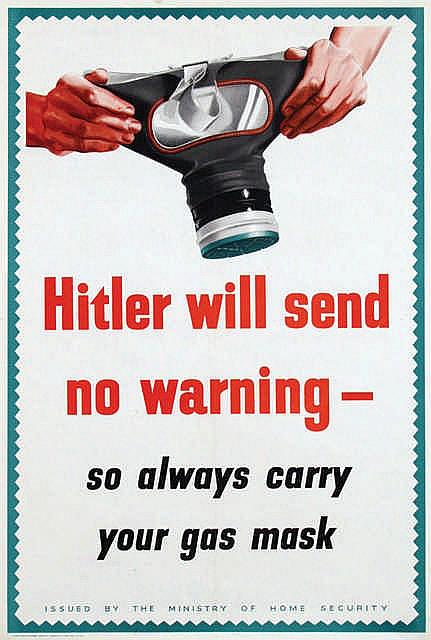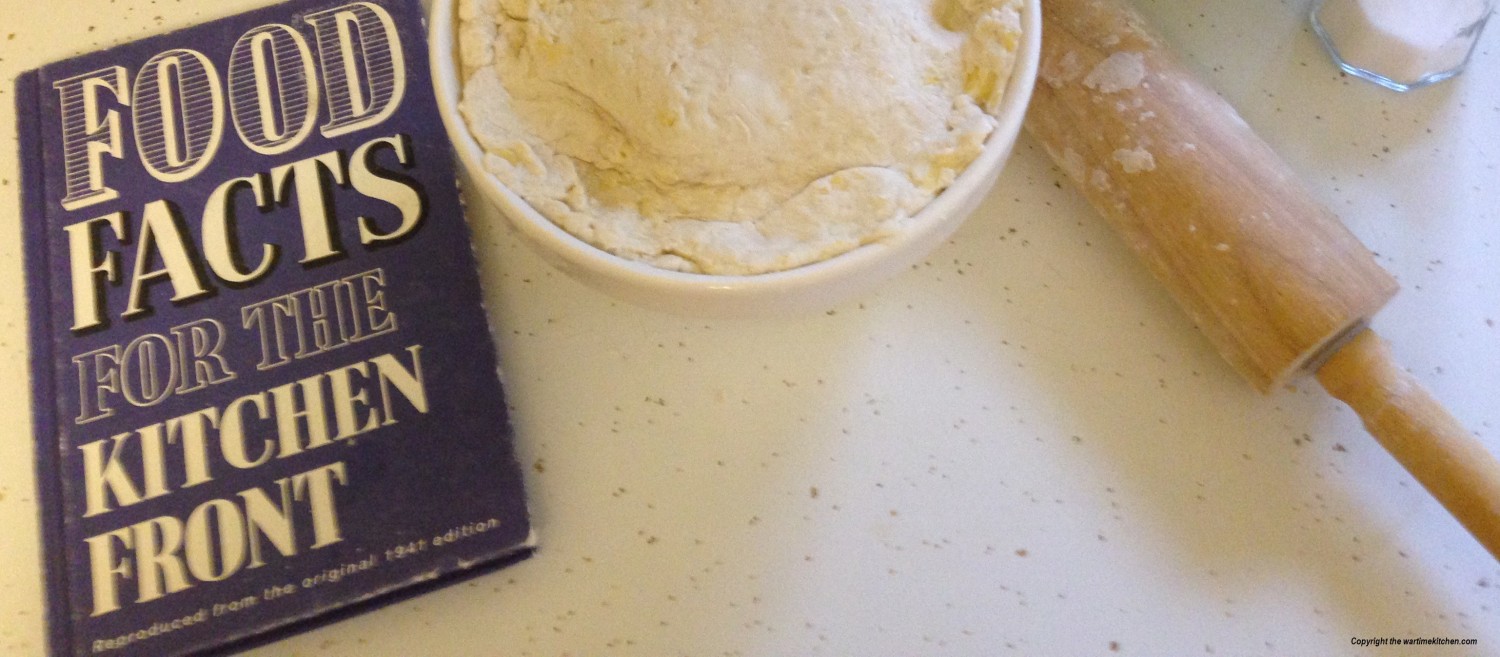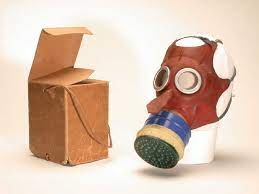The threat of gas warfare played a major role in the First World War in Europe, meaning that in 1939 a lot of Great War veterans carried the memories of the horrors of a gas attack, with some still having health issues from suffering gas attacks in battle. Some men were blinded by gas, while countless more suffered breathing and other health issues throughout their lives. The fear of gas attacks hung heavy on the British public consciousness, and with the beginning of Nazi bombings in London bringing the civilian population directly into war, the British government considered the threat of gas attacks to the civilian populations of London and other cities to be imminent.
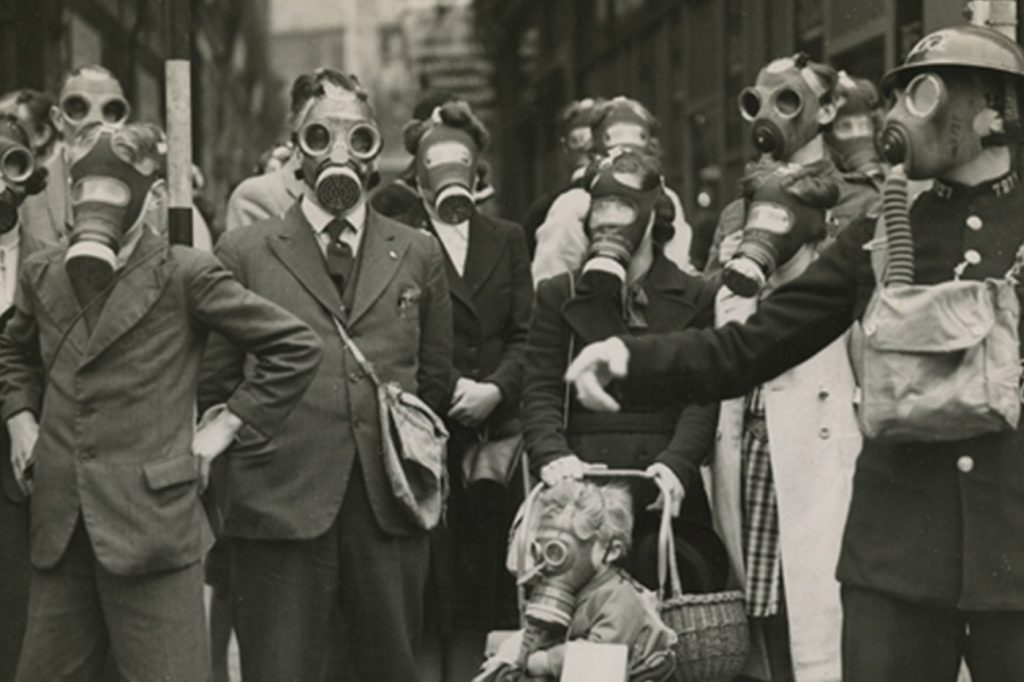
Bombings of cities brought the reality of the dangers that Nazi bombers could present to Londoners and residents of other cities. With the fear of the release of gas and other chemical agents, life in Britain could be severely curtailed.
To prepare for this crisis, the British government decided to issue every man, woman and child their own personal respirator – or gas mask – for protection against such chemical attacks. The manufacture of these masks was going to be expensive, as masks had to be made for the armed forces, be required for civilian services like the ARP and Fire Service, and produce close to another 38 million masks for civilians. The contract was given to a factory in Lancashire, and production started in 1938, when the early threat of war was realized due to the German occupations of Austria and the Sudetenland.
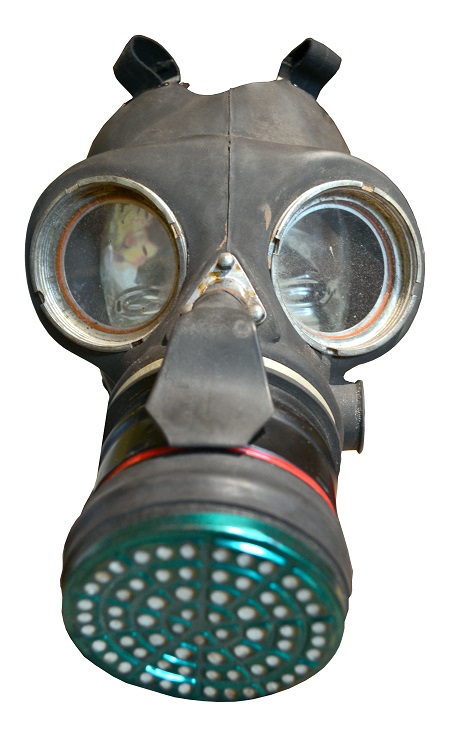
While the masks were being produced, the government issued training to members of the various civil defense organizations in procedures for dealing with gas casualties. Air Raid Wardens would use rattles to sound in the event of gas being detected or suspected. Some public swimming pools had the men’s and women’s dressing rooms refitted as gas or chemical attack decontamination facilities.
Homeowners were advised to seal their windows shut as an anti-gas sealant measure, while mailboxes and telephone booths were painted with red paint that would change color to green with exposure to gas. Private firms started to manufacture gas masks for pets and horses, with attempts being made to manufacture less scary masks for children and babies.
With the outbreak of war in September 1939, gas masks were issued to the public in cardboard boxes with strict instructions that they be carried at all times, without exception. Fines would be imposed on civilians if they were caught without their gas mask. The public eventually replaced their cardboard boxes with other available alternatives, as the government-issued gas mask boxes that were made of cardboard were prone to falling apart and were cumbersome to use.
Although the government invested in respiration products with diligent planning, luckily gas was never used as warfare against British civilians.
